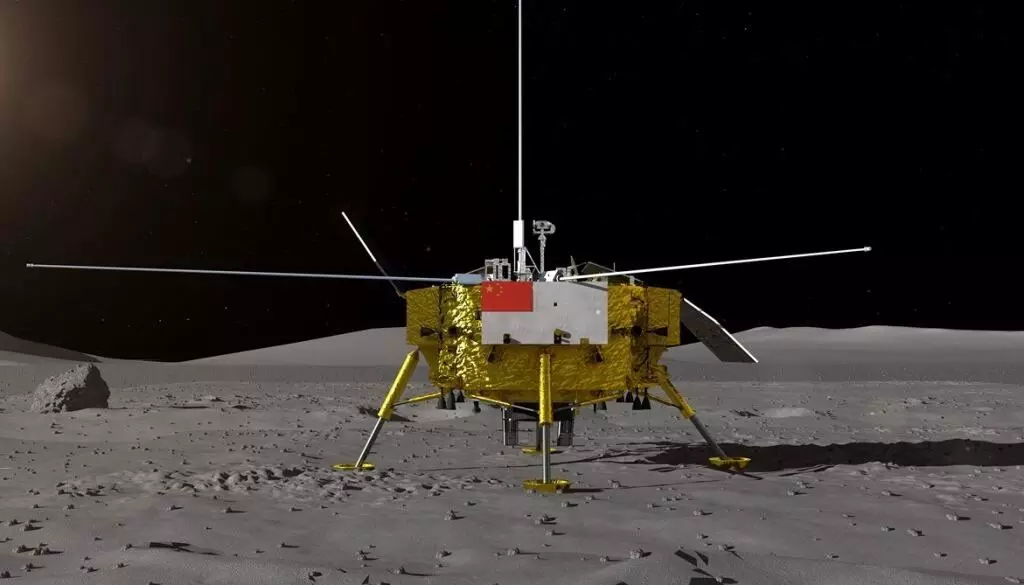China's Yutu-2: The Longest-Lasting Lunar Rover On A Quest For Water Ice
Launched in 2018, China's Yutu-2 rover sends new images from the Moon's far side while marking a significant milestone in lunar exploration
China's Yutu-2

China's Yutu-2 rover has captured new images of the Moon during the Harvest Moon Festival celebrations.
Launched in 2018, this rover has been actively exploring the Moon's far side since its landing in January 2019.
With a distance of 1,613 meters traversed on the lunar surface, Yutu-2, or Jade Rabbit-2, has achieved the remarkable distinction of being the longest-operating lunar rover, far surpassing its original three-month mission duration. It recently completed its 71st lunar day, relaying fresh images back to Earth.
As part of the Chang'e-4 mission, Yutu-2 draws its name from the mythical white rabbit associated with the Moon goddess Chang’e from Chinese folklore, highlighting the cultural significance of the mission.
China Lunar Exploration Efforts
Throughout its mission, Yutu-2 has gathered critical data that enhances our understanding of Moon geology. Its findings on surface features, shallow structures, and the composition of the Moon's far side contribute to insights into the Moon’s early formation.
China's lunar exploration initiatives are expanding rapidly, with the Chang'e-3 and Chang'e-4 landers still operational, complemented by the Queqiao and Queqiao-2 relay satellites. These satellites ensure effective communication between Earth and the lunar missions, facilitating successful data transmission.
China’s Future Lunar Missions
Looking ahead, China is preparing for the Chang’e-7 mission, scheduled for 2026, which aims to investigate potential water ice deposits at the Moon's south pole, confirmed by Wu Weiren, the Chief Designer of China's Lunar Exploration Program.
If successful, Chang’e-7 will be the first mission to land at the lunar south pole, paving the way for sustained human presence on the Moon and opening new avenues for deep space exploration, including potential missions to Mars.

